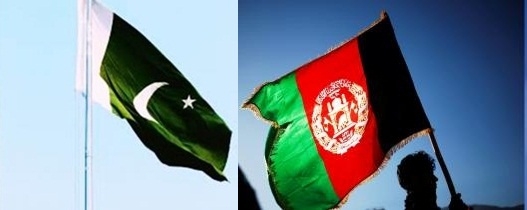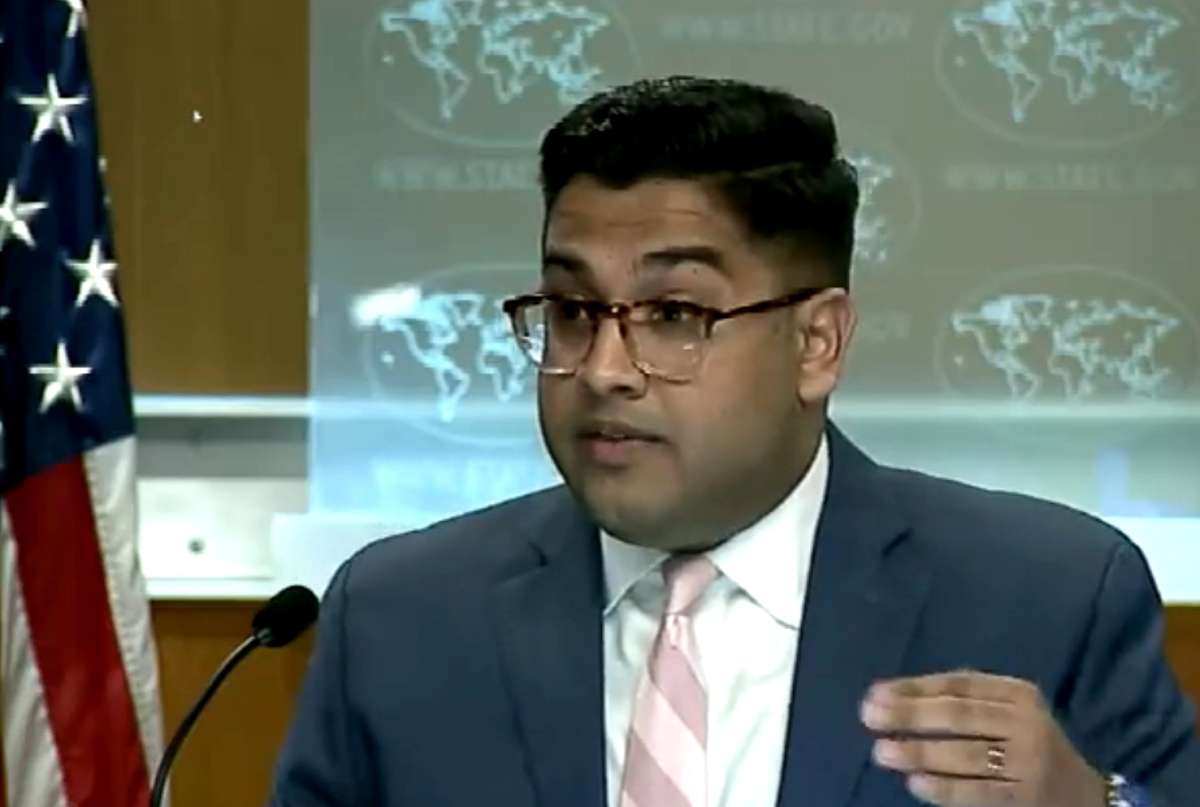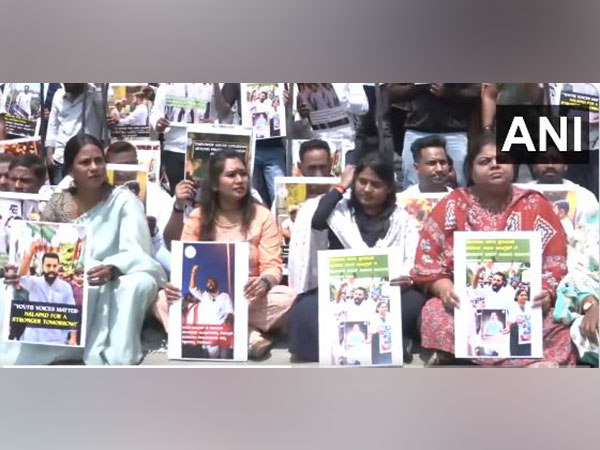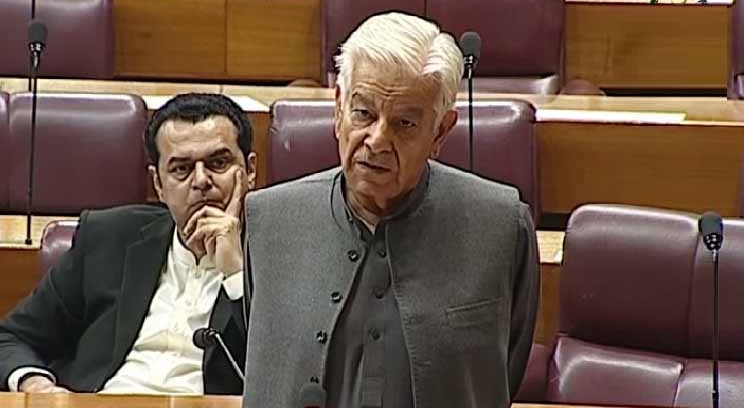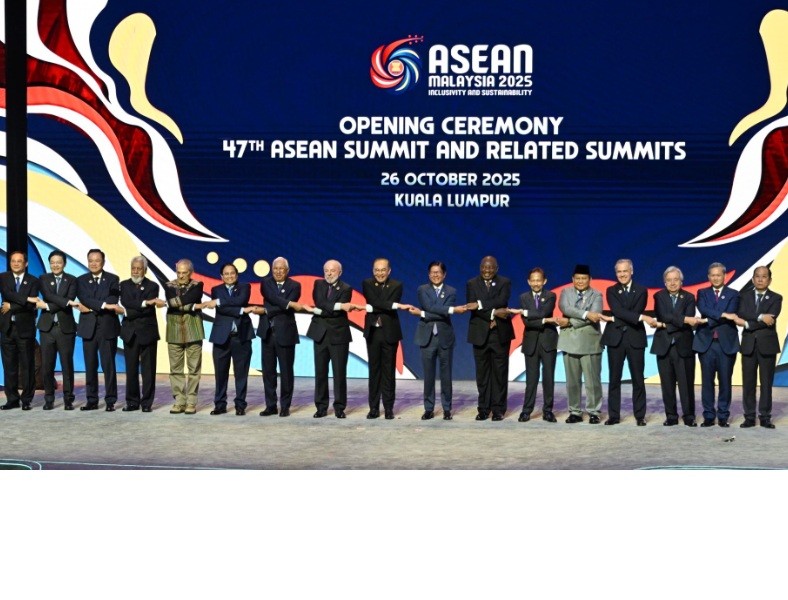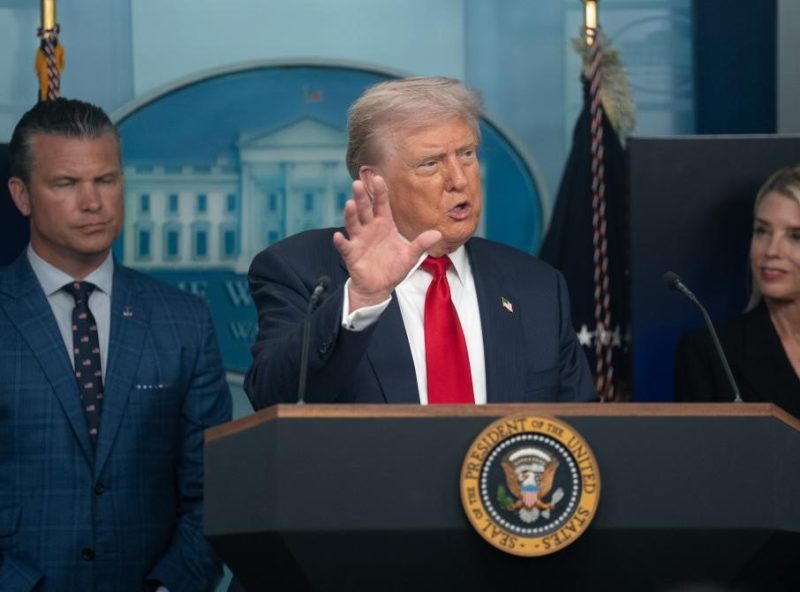The aerial strikes reportedly were in response to last week’s Tehreek-e-Taliban Pakistan (TTP) attack on Pakistani armymen in Khyber Pakhtunkhwa’s Mir Ali region…reports Asian Lite News
Tensions simmered in the South Asian neighbourhood as Pakistan on Monday launched airstrikes in the border regions of Afghanistan, reportedly killing at least eight civilians, including three children.
Confirming the aerial strikes in the Khost and Paktika provinces, Taliban spokesperson Zabihullah Mujahid said in a statement that “such incidents can have very bad consequences which will be out of Pakistan’s control”.
According to TOLO News, the Taliban said they have responded to these attacks and targeted Pakistani military centres with heavy weapons.
Mujahid said the bombardment began at around 3 a.m. (local time) and targeted the houses of civilians in the Barmal district of Paktika province and the Afghan Dubai area of Sepera district in Khost province.
Calling the “reckless action” a violation of Afghanistan’s territory, he said that “Pakistan should not blame Afghanistan for the lack of control, incompetence, and problems in its territory”.
The aerial strikes reportedly were in response to last week’s Tehreek-e-Taliban Pakistan (TTP) attack on Pakistani armymen in Khyber Pakhtunkhwa’s Mir Ali region.
Seven soldiers, including a Lieutenant Colonel and a Captain, were killed in the attack that was denounced by Pakistani President Asif Ali Zardari and Prime Minister Shehbaz Sharif.
Vowing retaliation, President Zardari said: “Pakistan has decided that whoever will enter our borders, homes or country and commit terror, we will respond to them strongly, regardless of who it is or from which country.”
Meanwhile, as several media outlets in Pakistan reported that TTP commander Abdullah Shah was killed in the Pakistani airstrikes, Mujahid said in the statement: “The person named Abdullah Shah, who the Pakistani side claims was targeted in the incident, is in Pakistan.”
This came even as a video went viral on X showing a man, identifying himself as Shah, saying: “Whatever propaganda is being spread against me is baseless.”
The TTP, also known as the Pakistan Taliban, became active in 2007 and operates across the porous border with Afghanistan, even as the Taliban denies harbouring them.
The group has been responsible for numerous terrorist attacks in Pakistan, targeting both the military establishment and civilians.


